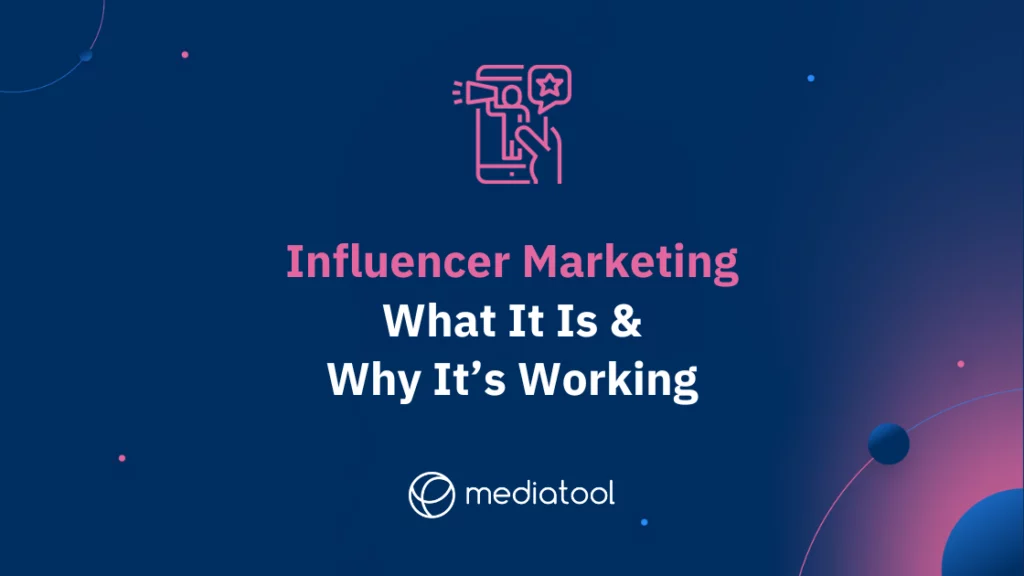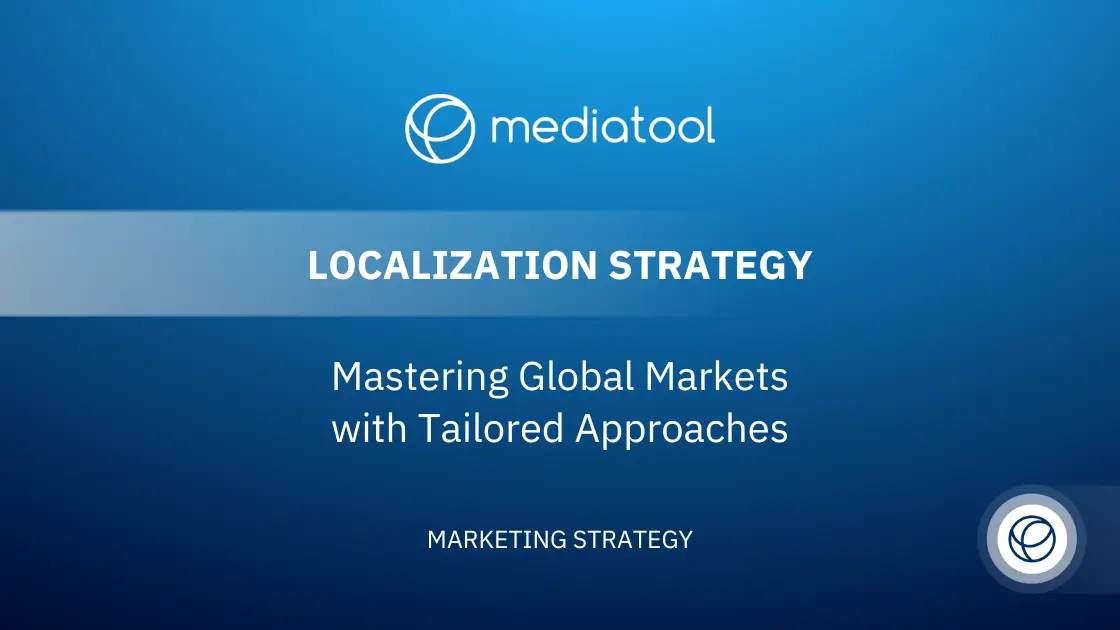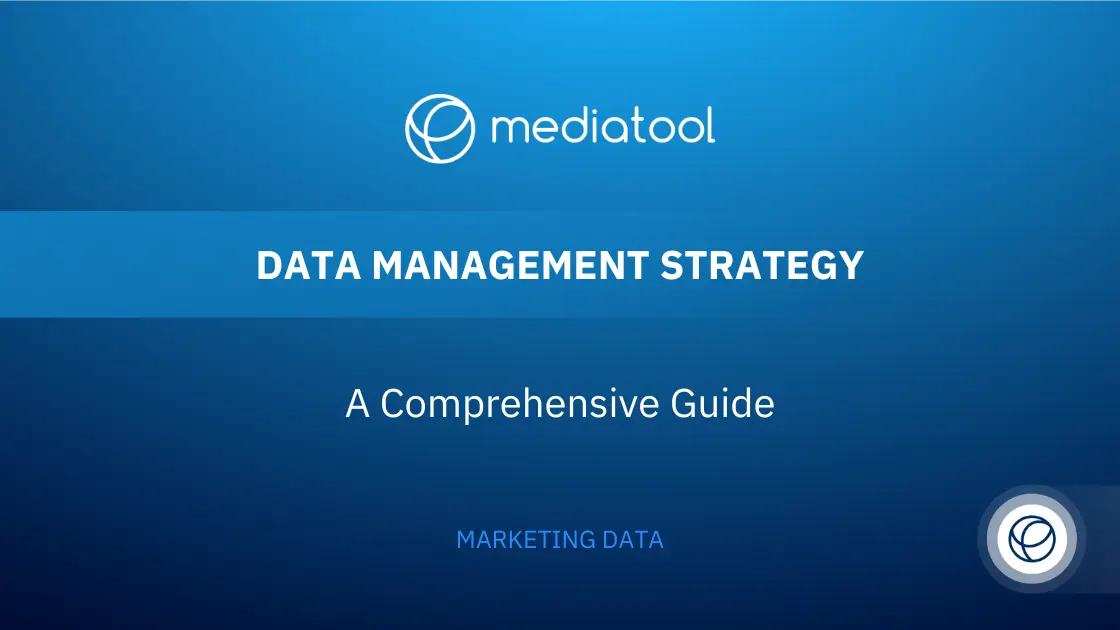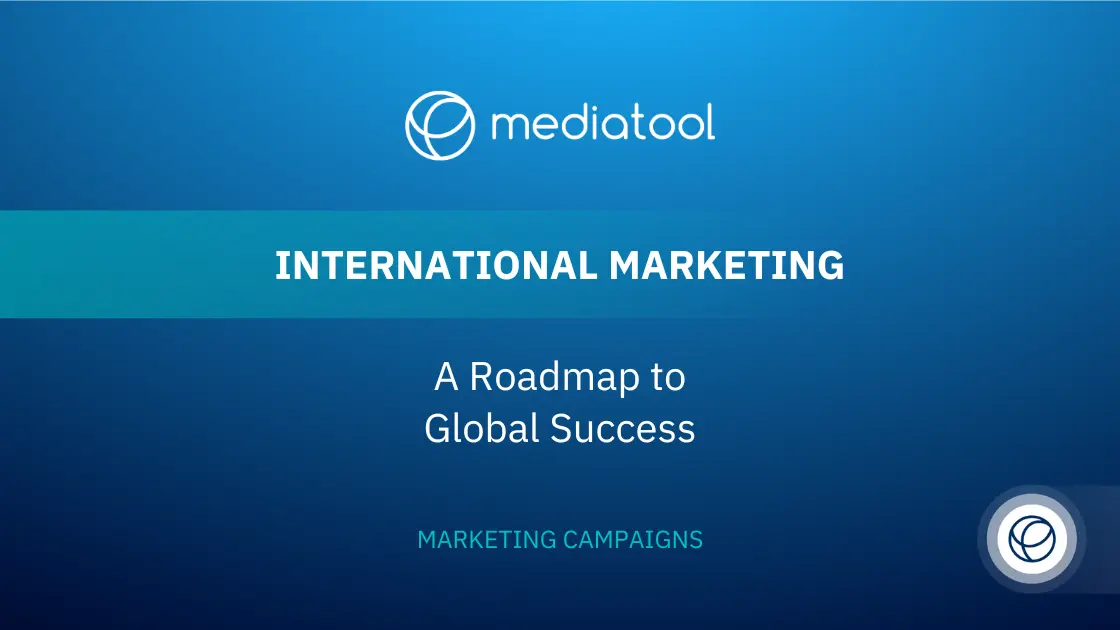What is Influencer Marketing?
The term influencer marketing is thrown around a lot these days and like many of the buzzwords we’ve come to know over the years – remember “disruptor” and “clickbait”? – it’s not always clear what it means. Let’s take the guesswork out and offer some definitions from a few trusted sources.
Forbes calls an Influencer:
“Someone who helps other people buy from you. [They] must have a combination of three key factors: reach, contextual credibility and salesmanship.”
Moz.com (the creator of SEO-based MozRank) says:
“Influencer Marketing focuses on delivering your brand message to a targeted set of industry influencers rather than to the market at large, relying on those influencers to amplify your voice to a relevant and pre-qualified audience.”
The influencer marketing specialists at Global Yodel Media Group say it’s:
“The action of promoting and selling products or services through people (influencers) who have the capacity to have an effect on the character of a brand.”
Got it? Cool. Now.
Why should you care?
Because if you’re a brand, marketer, or agency who wants to tap into your target audience in the most authentic way, you have to consider what it is that they care about. Brands have long touted themselves as being the best in their respective fields, singing their own high praises and peddling their products with fancy advertising campaigns.
After all, they have a lot of vested interest in getting you to favor their message. But does that mean that you’re paying attention to their message? If you are, are you convinced that what they’re telling you is unbiased and accurate?
We won’t answer for you, but we have a pretty good idea of what your answer might be.
Basic psychology tells us that as human beings we trust reviews and recommendations that come from unbiased third parties. A 2017 Collective Bias survey found that [70%] of millennial consumers are most swayed by recommendations given by their peers when making a purchase.
This statistic is why businesses are made and broken in the comments, ratings, and reviews sections of social networking sites and e-commerce platforms. Instead of relying on your brand to spread its own message, harnessing the power of someone who’s revered for speaking on a certain topic is a smart workaround. Kelly Dye, VP of the [Everywhere Agency] – an Atlanta-based firm that specializes in influencer marketing – sums it up well:
“When influencers are given creative reign, content simply performs better. Their audience follows them to be entertained, inspired, educated – not sold to. This reemphasizes to us as marketers that consumers don’t want regurgitated brand speak that sounds like advertising. They want to hear authentic stories, and influencers do an expert job of weaving brand messaging naturally within a true narrative.”
So, whether you’re a small business or a large brand, the potential upsides of incorporating influencers into your marketing strategy are endless.
And if that isn’t reason enough, how about this stat from a survey taken by marketers across a range of industries:
“94% of those who use influencer marketing believe the tactic to be effective.”
Or this one from another recent study:
Using influencers to market a brand’s message resulted in acquiring customers twice as fast as organic searches.
Or how about this one from that same study:
Influencer marketing efforts succeed 10x more often in online customer acquisition campaigns than affiliate marketing.
Types of Influencers: Range and Reach
Mega Influencers
Mega influencers are the top-tier social media influencers with millions of followers. These are often celebrities or well-known public figures.
Advantages: Their vast reach and celebrity status can significantly boost brand visibility and provide access to a wide range of potential customers. Their endorsement can be seen as a form of celebrity influencer marketing, adding a high level of prestige to the brand.
Challenges: The main drawback is the cost. Mega influencers typically demand high influencer marketing budgets, making them less accessible for smaller brands. Additionally, their broad audience may lack the niche focus that is crucial for certain influencer marketing campaigns.
Macro Influencers
With followers ranging between 100,000 to 1 million, macro influencers are often thought leaders in specific fields. They offer a good balance of reach and relatability, making them ideal for brands looking to target specific influencer marketing industry segments.
Advantages: Macro influencers offer a blend of significant reach and targeted impact. They are effective for campaigns where expertise and credibility in a particular field are essential. They can be the right influencers for campaigns that need a balance between broad reach and specialized knowledge.
Challenges: While more affordable than mega influencers, macro influencers can still be a significant investment. Their content may not be as personalized as micro or nano influencers, which might impact the level of engagement.
Micro Influencers
Micro influencers have followers between 10,000 to 100,000. They are known for their higher engagement rates and niche audiences. For a successful influencer marketing campaign, these influencers are often more affordable and effective in driving brand loyalty.
Advantages: These influencers often have a dedicated and engaged audience, offering a higher rate of interaction and personal brand connection. Their content is usually more authentic and resonates well with their followers, which can lead to higher brand loyalty and successful influencer marketing campaigns.
Challenges: While they have a highly engaged audience, their reach is limited compared to mega and macro influencers. Brands may need to collaborate with multiple micro influencers to achieve broader coverage.
Nano Influencers
With followers less than 10,000, nano influencers are the new trend in the influencer marketing hub. They have a very engaged audience in a highly specific area, offering personalized experiences and high trust levels.
Advantages: They offer the most authentic form of influencer marketing, with the potential for building strong personal relationships with their audience. This level of intimacy can be particularly effective for local or community-based marketing efforts and for increasing brand awareness in niche markets.
Challenges: The primary limitation is their limited reach. However, their influence is often more profound and trusted among their followers, making them an excellent choice for specific influencer marketing strategies focused on deep engagement rather than broad reach.
Why Use Influencer Marketing?
Authentic Connection with Target Audience
Influencer marketing creates a bridge between brands and their target audience through the trusted and authentic voices of influencers. This approach is particularly effective in the current landscape where traditional marketing tactics often fail to resonate with savvy consumers.
Engagement Through Trust
Influencers, especially those on social media platforms, have built personal relationships with their followers. When they endorse products or services, their recommendations are perceived as genuine, enhancing the credibility of the brand they are promoting.
Customized Content
Influencers are adept at creating content that aligns with their personal brand while incorporating the brand’s messaging. This influencer content is tailored to the interests and preferences of their audience, ensuring more impactful engagement compared to generic advertising.
Increased Brand Awareness and Reach
Through an effective influencer marketing strategy, influencers become a key marketing tactic to amplify brand visibility. Influencers can introduce a brand to new demographics and markets, significantly broadening its reach.
Leveraging Diverse Platforms
Influencers operate across various social media platforms, enabling brands to tap into different segments of the market. This includes popular platforms like Instagram, where Instagram influencers can dramatically increase brand awareness among a visually engaged audience.
Multiplier Effect
Engaging with multiple influencers, especially those in different niches, can create a compounding effect in marketing campaigns. This approach ensures a wider yet still targeted reach, as each influencer’s audience has its unique characteristics.
Cost-Effective Marketing Tactic
In comparison to traditional advertising, influencer marketing can be more economical while yielding a high return on investment.
Budget Flexibility
Influencer marketing budgets vary, accommodating everything from small-scale collaborations with micro-influencers to extensive campaigns with celebrity influencers. This flexibility allows for effective marketing strategies regardless of budget size.
High ROI Potential
A successful influencer campaign will often lead to high returns, not just in terms of financial gains but also in brand equity and customer loyalty. Influencer marketing statistics frequently highlight its cost-effectiveness compared to traditional marketing channels.
Valuable Insights and Feedback
Influencer marketing offers direct access to valuable consumer insights, which can be instrumental for brands in refining their products, services, and overall marketing strategy.
Direct Customer Feedback
Through influencer collaborations, brands can gain insights into customer preferences and behaviors. Influencers often facilitate an open dialogue between the brand and its potential customers, offering unfiltered feedback.
Adaptability and Learning
The dynamic nature of influencer campaigns, especially those run on social media marketing platforms, allows brands to quickly adapt their strategies based on real-time feedback and engagement metrics. This agility is crucial in today’s fast-paced market.
What Doesn’t Work in Influencer Marketing
Mismatched Influencers: The Misalignment Pitfall
A common mistake in influencer marketing is partnering with influencers who don’t align with the brand’s values or target audience. This misalignment can lead to a disconnect between the influencer’s content and the brand’s message.
Impact on Marketing Strategy
When the chosen influencer’s persona or audience demographic does not match the brand’s target market, the effectiveness of the marketing strategy is compromised. The key is to discover influencers whose followers mirror the brand’s ideal customer profile.
Avoiding Missteps
Brands should conduct thorough influencer outreach and research to identify influencers who not only have a significant social media presence but also resonate with the brand’s ethos and audience preferences.
Inauthentic Content: The Credibility Challenge
Today’s audiences, especially on social media platforms, are adept at identifying inauthentic content. Posts that appear overly promotional or disconnected from the influencer’s usual style can be counterproductive.
Influencer’s Creativity and Authenticity
Allowing influencers to infuse their creativity and personal touch into the brand message is crucial. Overly scripted or rigid campaign messaging can hinder the natural appeal of influencer posts.
Content Marketing Integration
Successful influencers know how to blend promotional content seamlessly with their regular posts. Brands should aim for a synergy that respects the influencer’s voice while effectively conveying the marketing message.
Neglecting Clear Guidelines: The Direction Dilemma
The absence of clear brand guidelines can lead to off-brand or inconsistent messaging in influencer campaigns, impacting the campaign’s success and key performance indicators.
Importance of Campaign Messaging
Establishing a clear set of brand guidelines and campaign goals ensures that all influencer marketing collaborations stay on track and align with the overall marketing strategy.
Guideline Balance
While providing direction is necessary, it’s equally important to avoid micromanaging. Influencers thrive on creative freedom, and their unique interpretation of the brand message can often yield more engaging and authentic results.
Overlooking Micro and Nano Influencers: The Underutilization Error
Brands often overlook the potential of micro and nano influencers in favor of larger, more prominent social media influencers or celebrity influencers. This oversight can mean missing out on highly engaged and niche audiences.
The Power of Smaller Influencers
Micro and nano influencers often have a closer, more personal relationship with their audience. This can lead to higher engagement rates and a more dedicated follower base.
Effective Use of an Influencer Marketing Platform
Brands should utilize influencer marketing platforms and tools to identify and engage with different influencers who cater to diverse segments, ensuring a more comprehensive approach to their online marketing efforts.
Influencers + Marketing Strategy
How you engage influencers will depend on the audience you’re trying to reach and the content you’re asking to be shared. For example, if your brand wants to reach teens, working YouTube into your campaign strategy should be expected. And, if your brand is a part of the CPG or food & beverage industry, having your influencers share recipes on social media will be a necessary step as well.
Looking for engagement from a particularly niche group of consumers? Strongly consider working with micro-influencers who are notorious for having smaller but more involved followers. Then compound the potency of your efforts by having those micro-influencers post original content to Instagram, since “59% of micro-influencers have reported [Instagram] to be the most effective medium for engaging their audiences.”
The key is to remember that people do not want to be talked at, they want to be talked to. The consumer doesn’t want to be force fed the obvious (i.e. exclusively your product or service) but rather to share in an experience.
Encourage your influencer network to spark a conversation with the audience through a story that includes, but isn’t confined to, your brand/product/service/etc, to ensure meaningful two-way engagement.
“There is an influencer for even the most niche market which speaks to the fact that consumers trust their peers. Our clients routinely give the feedback that influencer content is most engaging when it is creative and specific,” says Aerolyn Shaw, Account Executive for global public relations firm Porter Novelli.
Celebrities vs Influencers
Wait, So Is influencer marketing like celebrity endorsements? We know, they seem a bit similar, right? Both are aimed at creating more credibility and brand exposure in a way that isn’t coming directly “from the horse’s mouth”. But there are a few key differences worth noting.
Financially speaking, working with influencers is a wiser use of a brand or agency’s ad spend; where celebrity endorsements can cost exorbitant amounts of money, influencer compensation is relatively reasonable. Some campaigns may compensate monetarily while others will do so by offering products, goods, or services.
Another critical difference between influencers and celebrities is that often times, an influencer feels more accessible and relatable to the average consumer.
In fact, a US survey of 14,000 respondents found that “non-celebrity bloggers are 10x more likely to influence an in-store purchase than celebrities” and only 3% of people making product purchases are positively influenced by a celebrity endorsement. Where celebrities are idolized and put on gilded pedestals for their entertainment chops, influencers are trusted for what they have to say.
They’re men and women, moms and dads, cooking enthusiasts, outdoor adventurers, eager crafters, fashion lovers, recreational travellers – the list goes on. In short, most of them are everyday people who have tapped into social media and developed a platform to share their passions in a way that resonates with a niche crowd.
Another noteworthy mention; if putting out fires with PR is a concern for your brand, swapping a celebrity (whose reputation may become a liability) in favor of less “publicly exposed” personalities like influencers, can make for a much smaller headache down the road.
Quality vs Quantity
In the earlier days of influencer marketing, finding the person with the largest following easily overshadowed someone with a smaller audience. And that’s understandable, right? We can’t help ourselves when we see a big, shiny number.
Right away we begin to attach a lot of preconceived notions, hoping they will spell success. But these days, with the saturation of spam and bot accounts, it’s much more critical that a brand recognize two things:
The value of the type of content an influencer is creating, and how their audience is reacting to and engaging with said content.
So, when you have to whittle down your list of influencers (because your campaign budget won’t justify those extra five participants), take time to look beyond the numbers and examine the engagement as well.
Influencer Marketing and Your Media Mix
With the concept of influencer marketing demystified, let’s discuss how to introduce it into your existing media mix.
As we all know, a well-developed marketing campaign has many communication channels; radio, television, social media, web, email, direct mail, and magazines are just a few. While influencer marketing can be considered its own channel, more often than not it is an integration with your pre-existing communication functions.
For example, in addition to the content your brand is already publishing on its own website, social channels, and through email, the influencers you engage will be sharing their own “special brand” of branded content via those same channels.
When negotiating contracts, remember that voicing which channels you would like your influencers to share content from is a necessary part of the negotiation.
A blogger with high site traffic and readership may be best leveraged to create blog articles while another may boast a long and loyal list of YouTube subscribers who check-in regularly for new video content.
Consider the areas of strength for each influencer you employ and align all of your messages across relevant and related channels. In addition, make certain that the content your brand is sharing coincides with the messages your influencers are sharing.
That sweet spot, where a consumer receives myriad direct and indirect brand messages concurrently, leaves a more memorable impression on your intended audience.
The Future of Influencer Marketing?
The use of influencers to promote brand messages through authentic, original content has incredible and ever-evolving potential.
Brands are getting more and more creative when it comes to engaging influencers, and with the advancement of technology, there’s no telling the ways in which influencers will be able to connect with their audiences in time.
Virtual characters like Siri and Alexa have become household names to the average tech user, thanks in part to their recognizable voices and AI.
Add to those voices a face, a body, a sense of style and an opinion (along with a platform to share each of those things from) and soon, entire virtual personas are created; people find themselves invested in the “lives” of these characters.
Econsultancy.com makes the case as to why it may behoove brands to “employ” a virtual/CGI star for their next marketing campaign; Lil Miquela who started an Instagram account in Spring 2016 has already accumulated a following of over 600k people. While it’s hard to say just how prolific this budding trend will become, we’re certainly keeping our eyes on it.
Final Thoughts on Influencer Marketing
The trajectory of influencer marketing is undeniable as brands adjust their budgets to include influencer campaigns.
Dye agrees, “We’ve been doing influencer marketing for almost 10 years now, and for the first time, we’re being approached by brands who aren’t considering influencer marketing optional. They think it’s an important part of the overall marketing mix, and their budgets are reflecting that. Influencer marketing is not a fad. It’s not going away and brands are finally catching up.”
And considering the fact that the average company earns between $7.65-$20 to every $1 spent on influencer marketing, it’s a pretty foolproof investment.
Once you’ve added this new prong to your marketing mix, keeping tabs on your campaign by tracking progress will be the next step. After all, conveying campaign success and measuring ROI is still a primary goal.
We’d tell you how great our media planning software is but after all of this, wouldn’t that be a bit hypocritical? Instead, we’ll let the advertisers and agencies who’ve used it first hand share their 2 cents. Unbiased, unsponsored content. Just honest experience.




